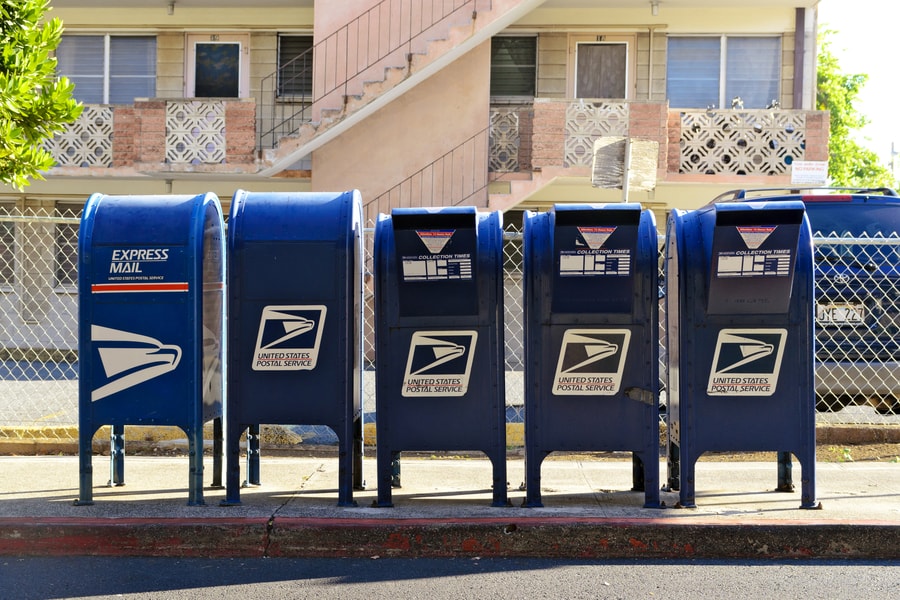Direct Mail Techniques – Which of the following is a Good Direct Mail Technique?
There are three fundamental steps that you need to take before you send a piece of direct mail: choose a design, write the message, and conduct market research. Your direct mail message should be clear and aesthetically appealing, and should also include your contact information, offer, and call to action. You should also include a website or email address if you can. The next step is to design a call to action.
(Looking for outsourcing print and mail Christmas cards? Contact us today!)

Multiple inserts
Inserts serve a variety of functions, including highlighting reasons to believe in your cause, providing ample information, and thickening the overall DM package. Whether they’re attached to a letter or card, inserts can drive your message home with a strong and memorable visual. They can also pique the interest of the recipient by being interesting and purposeful. Here are some ideas for inserts.
Putting more than one insert in your mail piece can improve your response rate. Personalized lift letters complement sales letters and buck slips draw special attention to the products you’re advertising. Stickers and teasers are other excellent direct mail techniques, but they should be subtle enough to make an impact without being too obvious or irrelevant. It is also a good idea to include a product or service teaser in your direct-mail package.
An offer
A successful direct mail campaign combines a gimmick or memorable offer. When done correctly, creative direct mail can boost conversion rates. The best direct mail techniques use both the envelope copy and a unique offer. A well-written direct mail campaign includes a strong headline and a compelling call to action. Here are three tips to increase response rates:
Use multiple mailers to maximize response rates: send a postcard teaser, a brochure, or a full-color catalog. Mailers should have similar goals but serve different purposes. Soft offers ask recipients to respond for gifts, while hard offers require the prospect to make a purchase. Many direct mailers fail to use a list strategy, which is the first step to a successful direct mail campaign.
A call to action
While you can’t expect to get the same response with every direct mail piece, there are ways to make it work. For instance, a call to action can be as simple as offering a free download. This can be a piece of information that is relevant to your business and easy to understand. In return, you get a lead or an inquiry, or a request for information. When used correctly, this technique can increase sales and generate a large following on social media.
When used correctly, a call to action is an excellent direct mail technique. It can lead to more sales and better customer service. It should also clearly state what the reader is supposed to do in response to the offer. While some marketers get carried away with the call to action, others simply confuse their readers and fail to achieve their goals. In either case, the goal is to motivate readers to act. Using a call to action can help your direct mail campaign work even better.
Researching your target market
To effectively target your market, you must first research its characteristics and benefits. The characteristics of a product or service are called features. Benefits are the things that the customer gets from purchasing them. These things motivate people to purchase. For example, if your product or service has anti-lock brakes, they are considered benefits. You can also use demographic data to segment your target market. You can also look at their values, interests, and personality traits.
The key to targeting your target market is to know their demographics and habits. You can do this by researching online forums or blogs that discuss your market. You can also do surveys and find out what the opinions of your target market are. In addition, you can ask current customers about their experiences, too. For example, if you are an agritourism operation, your demographic profile should include farmers, apple pickers, and people with kids.

